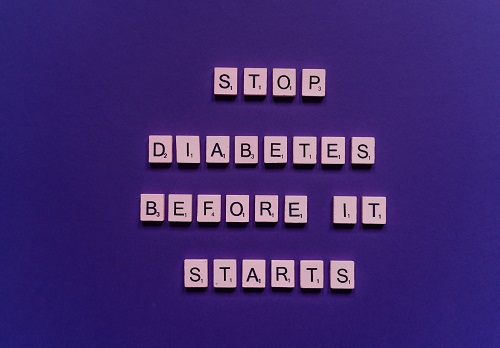Prediabetes: The Killer’s Calling Card
On August 24th, the U.S. Preventative Services Task Force (USPSTF) lowered the age limit for screening for prediabetes and type 2 diabetes from the age of 40 to the age of 35. Diabetes is the seventh leading cause of death in the United States and results in some serious health issues such as cardiovascular disease, kidney damage, stroke, and nerve damage. With the nation’s diabetes rates worsening every year– especially during the COVID-19 pandemic– it was time for new rules to be put into place.
So, Why the Change?
Why will lowering the screening age help? This change was enforced to lessen the number of people with progressing health issues due to diabetes. It’s crucial for those young adults who may be overweight or obese, have high blood pressure, or even have a family history of diabetes to get on top of their health while their prognosis can still be changed.
Lower screening ages will open testing for more people with untreated or undiagnosed diabetes and will speed up their process for further treatment. Oftentimes, prediabetics experience no symptoms, and so completing testing is frequently necessary for a person to be aware that there is trouble on their horizon.
With Prediabetes, the Earlier, the Better
More than one in three Americans have prediabetes without realizing it. Prediabetes is a condition where their blood sugar levels are higher than the average person, but not high enough to result in harm to the body’s ability to respond to insulin. Since there is usually a spike in prediabetes averaging from about 35-40 years old, changing the screening age limit to 35 will likely increase the number of young Americans who can become aware, learn, and stop their progression.
According to this article, if you are diagnosed with prediabetes, you will not automatically develop type 2 diabetes. Progression from prediabetes to diabetes is not inevitable, however, it is estimated that about 70% of prediabetics will develop type 2 diabetes. If caught early enough, professional treatments and lifestyle changes may return blood sugar levels to the normal range, therefore preventing the further development of type 2 diabetes. Changes such as maintaining a healthier diet, exercising more frequently, and losing a little weight, if needed, can help too.
The Bottom Line
There are ways to avoid becoming a part of the growing number of Americans diagnosed with diabetes each year. Early screenings for prediabetes starting at age 35 may be the first step in taking preventative action to avoid a full-blown diabetes diagnosis. As always, you want to make sure to consult with a trusted healthcare physician about diabetic screening and follow their guidelines when making changes to your diet, exercise routine, or medication regimen.
Agents
We hope that this information on diabetes screening is useful to you.
Empower Brokerage is dedicated to helping you make informed decisions about your health and finances. Whether it’s through webinar training, one-on-one calls, seminars, or marketing plans, we want you to be successful!
Give us a call at 888-539-1633 or leave a comment below if you have any questions.
Quick links:

Born and raised in Houston, TX, Brittany made the move to Dallas, TX to expand her marketing career. As a 2019 business marketing graduate from Stephen F. Austin State University with a background in social media, Brittany joined Empower Brokerage in the summer of 2021 serving as a Marketing Specialist and RSD Liason.





